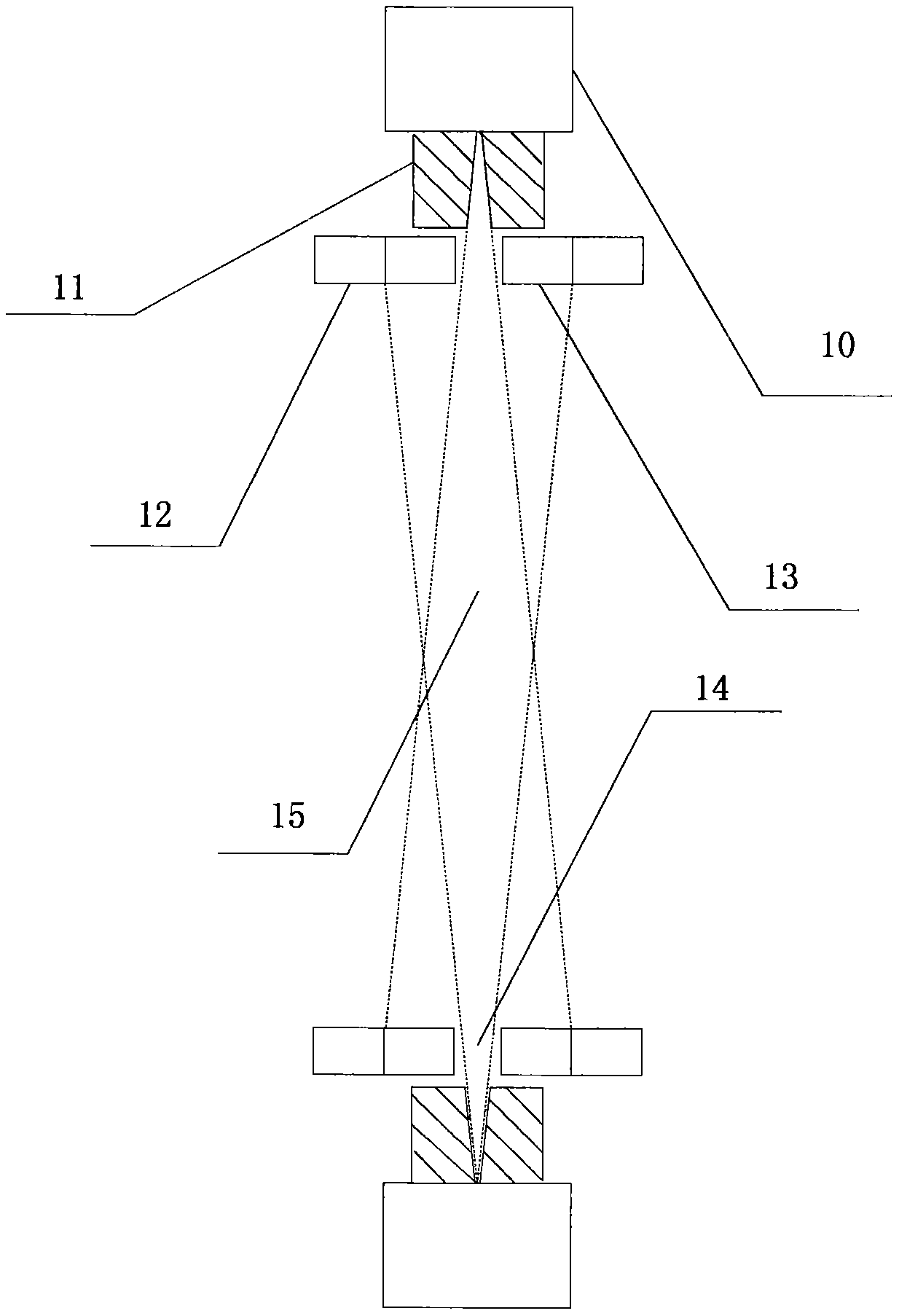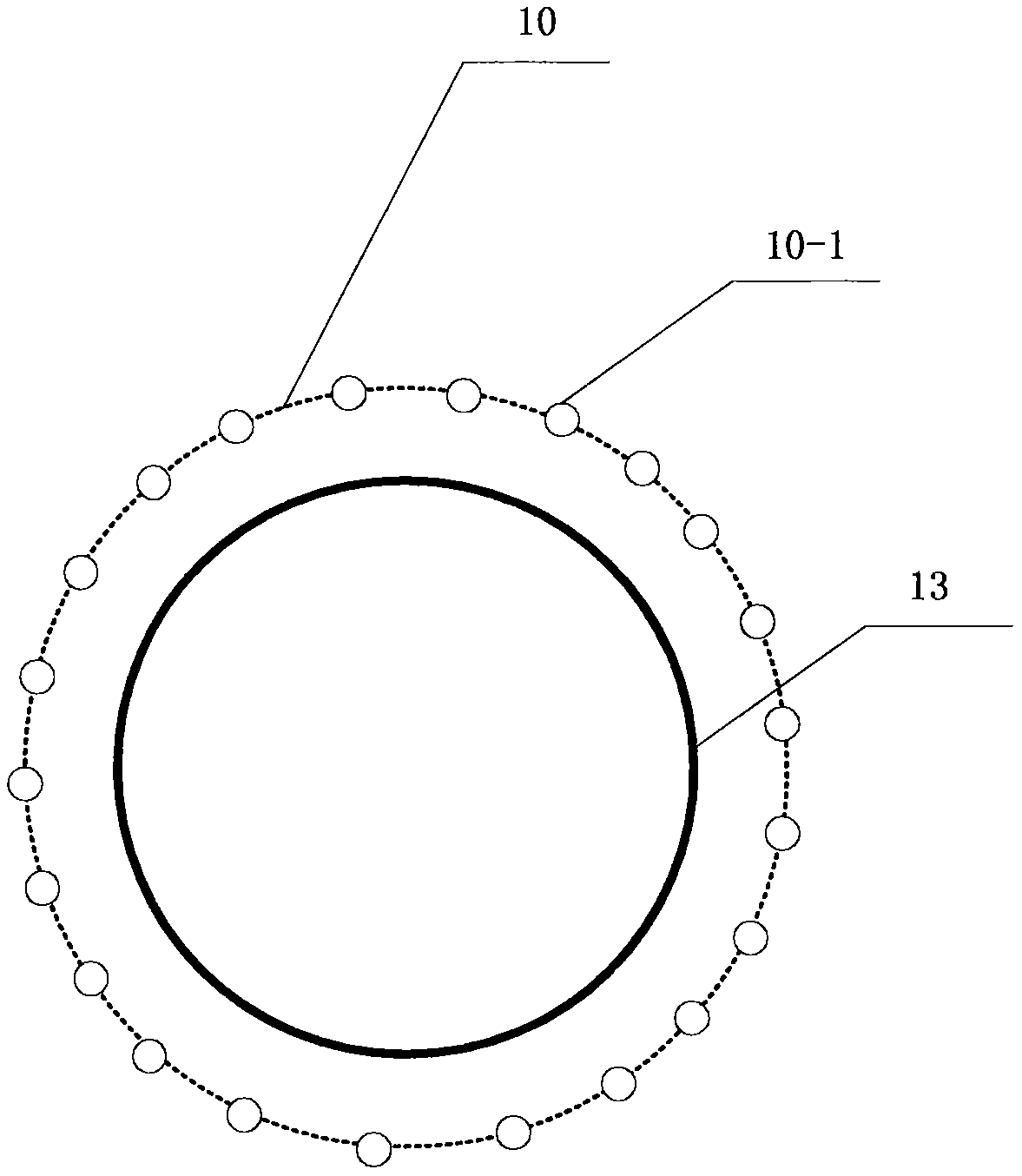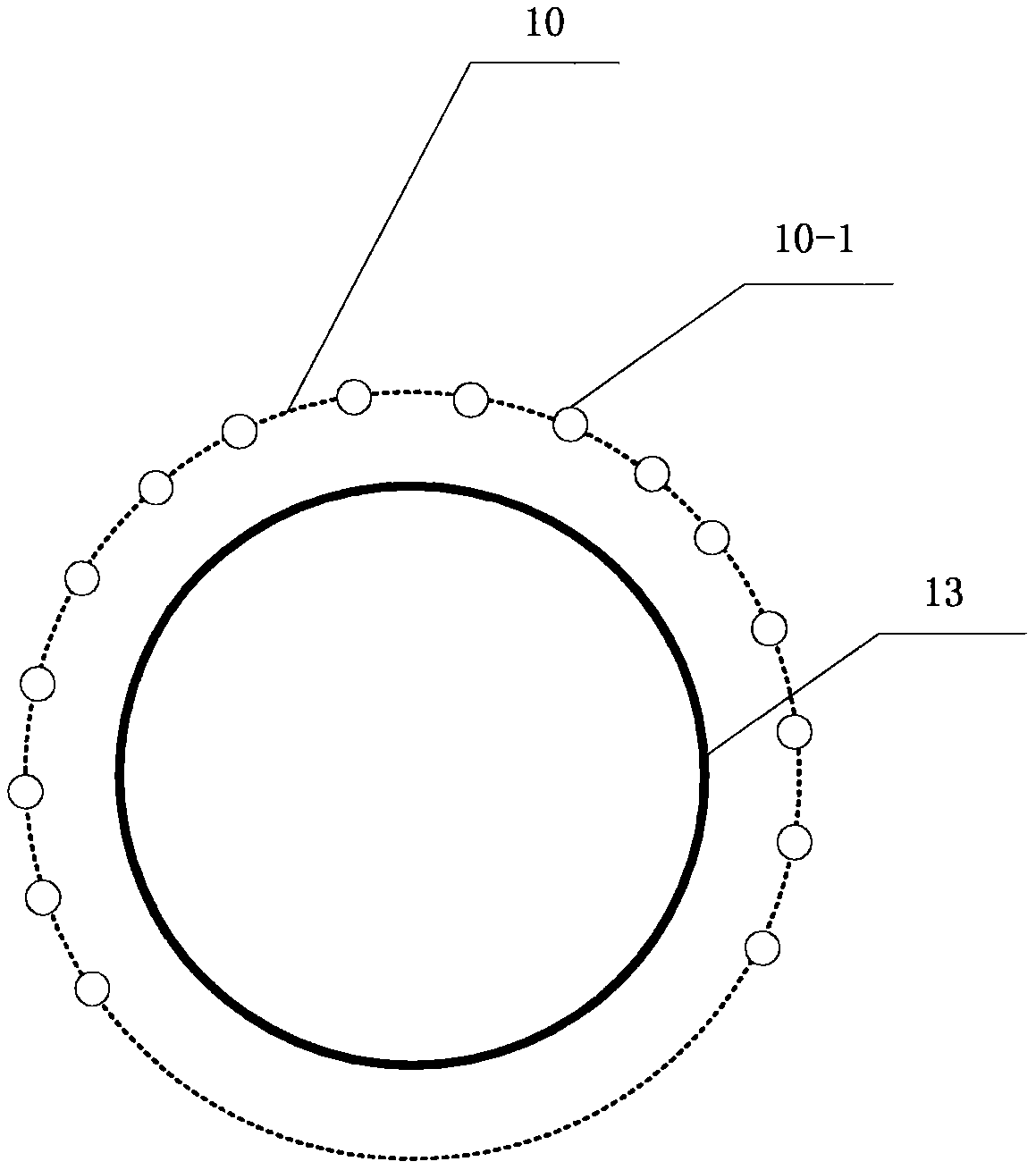Non-rotary computer tomography imaging device and method
A technology of tomographic imaging and imaging method, which is applied in computerized tomography scanners, diagnosis, echo tomography, etc., can solve the problems of small number of ray source layouts, missing data, incomplete data, etc., to improve image reconstruction quality, reduce Effects of missing data and improving inspection speed
- Summary
- Abstract
- Description
- Claims
- Application Information
AI Technical Summary
Problems solved by technology
Method used
Image
Examples
Embodiment Construction
[0063] The technical solutions of the present invention will be described in further detail below with reference to the accompanying drawings and embodiments. Although exemplary embodiments of the present disclosure are shown in the drawings, it should be understood that the present disclosure may be embodied in various forms and should not be limited by the embodiments set forth herein. Rather, these embodiments are provided for more thorough understanding of the present disclosure and to fully convey the scope of the present disclosure to those skilled in the art.
[0064] A non-rotating computed tomography device includes: a ray source, a detector, a collimator, a transmission device for transporting a detected object, and a computer device for control and data processing. It is characterized in that: the ray source is arranged in an annular distributed ray source 10 on the outer ring, and the detector is an annular detector 13 arranged on the inner ring.
[0065] The dist...
PUM
 Login to view more
Login to view more Abstract
Description
Claims
Application Information
 Login to view more
Login to view more - R&D Engineer
- R&D Manager
- IP Professional
- Industry Leading Data Capabilities
- Powerful AI technology
- Patent DNA Extraction
Browse by: Latest US Patents, China's latest patents, Technical Efficacy Thesaurus, Application Domain, Technology Topic.
© 2024 PatSnap. All rights reserved.Legal|Privacy policy|Modern Slavery Act Transparency Statement|Sitemap



